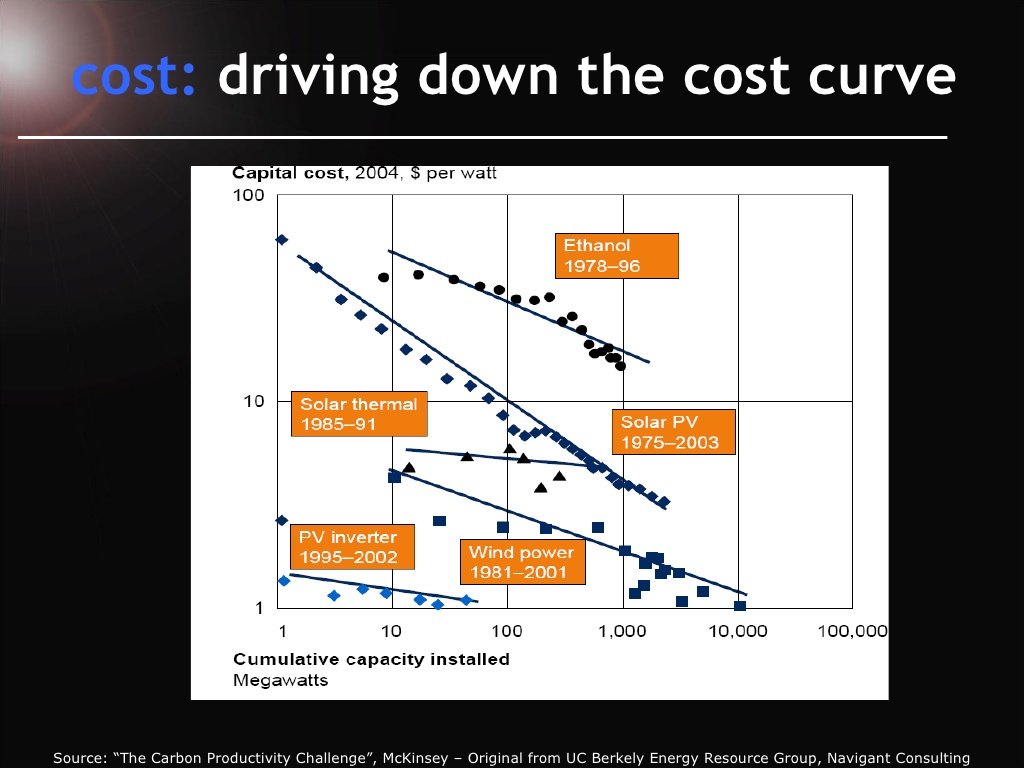It's a valid question, one that I think needs to be asked more often in fact.
Lets take a look at a very common scenario that could utilize variable frequency drives to not only cut down on electricity cost, but also help with motor efficiency.
There are some basic things that need to be pointed out about using VFD’s.
A perfect example in a roof top air handler unit. Often overlooked, this is a great place to implement a drive.
Most AHU’s run full out with no control on the motor speed.
Do we really need 100% air flow when no one is in the building?
Do we really need 100% air flow in the morning and evening when manpower is ramping up and down?
Using a Variable Frequency Drive, we can now create 3 scenarios for achieving much lower energy cost and higher motor efficiency:

We get a very nice reduction in our KWH usage! How good was it?

So, even after an almost $8,300 dollar installation cost we get $20,000 dollars in energy savings in the first year.
That's over $11,000 dollars in your pocket after you pay for the drive and installation.
I don't know of many investments that will show that kind of payback in the first year!
All of the savings you see above are what I like to call "cake". It's the whole reason you would use a VFD in this scenario, however every good cake needs some"icing" so let's talk about what you don't see in the analysis.
We have all heard the big air handlers in a gymnasium turn on and start squealing. That is the belt on the motor slipping because of the motor turning on full speed from a dead stop.
I know from talking with maintenance personnel that not only is that belt fairly expensive to purchase, it's also a very time consuming operation to replace.
With a VFD we have the ability to slowly ramp up the motor to eliminate the squealing and slippage.
That belt that usually has to be replaced every year,now will last 4-5 years.
I could write an entirely separate article on what power factor is and how we calculate it, but I will save that for another time.
For now I will just state that the lower the power factor is on your utility bill the more it is costing you to run any kind of motor.
If your utility bill is showing a power factor below .90 than you may want to think about adding drives to your motors.
One of the benefits of using a VFD on any motor is that the power factor on the electricity going to the motor is now between .92 and .95, regardless of how inefficient the supply voltage to the VFD is.
This results in a motor that can more efficiently use the power being supplied to it, resulting in less cost to operate.
These are all secondary benefits that running motors on VFD's offer. Beyond the energy savings and higher motor efficiency, we get:
Many utility companies are offering incentives to help offset the costs of installation. Examples of utility incentives for Consumers Energy or to find incentives in your area, click on the Database of State Incentives for Renewables and Efficiency.
Now is the time to upgrade and implement variable frequency drives into your facility.
Topics: Variable frequency drives, Motor Efficiency, VFD